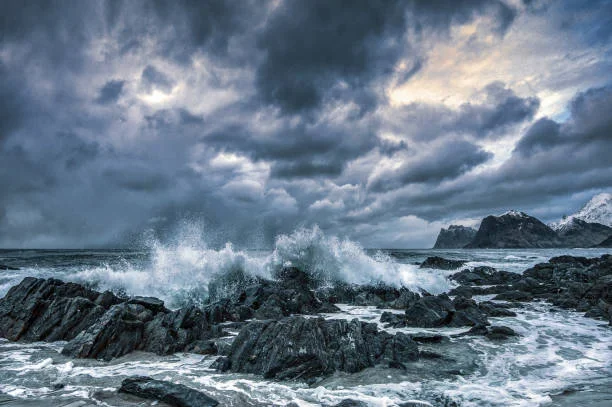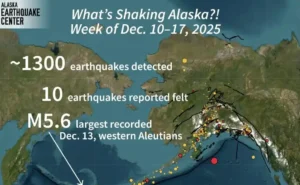A ride through the storm-battered village of Kipnuk on a four-wheeler paints a grim picture of the devastation left behind by the remnants of Typhoon Halong. Once a quiet Western Alaska community, Kipnuk is now among the hardest-hit areas in the Yukon-Kuskokwim Delta, where floodwaters and powerful winds tore through homes, roads, and power infrastructure.
According to reports, several houses were completely destroyed and many others severely damaged, leaving residents scrambling for safety. The storm forced the evacuation of more than 1,000 people across the region, with many from Kipnuk now seeking refuge in Anchorage or neighboring villages.
Local authorities and relief organizations continue to assess the damage, focusing on restoring essential services and providing emergency shelter. However, for many displaced families, the uncertainty remains unbearable. “I don’t see home anymore,” one resident told local reporters, reflecting on the immense loss as the community faces weeks—perhaps months—of rebuilding.
The Alaska National Guard, alongside state and federal agencies, is assisting in recovery efforts, while the Alaska Division of Homeland Security and Emergency Management has pledged ongoing support for affected villages.
As the cleanup continues, Kipnuk’s story stands as a stark reminder of how climate-driven storms are reshaping Alaska’s coastal communities.









